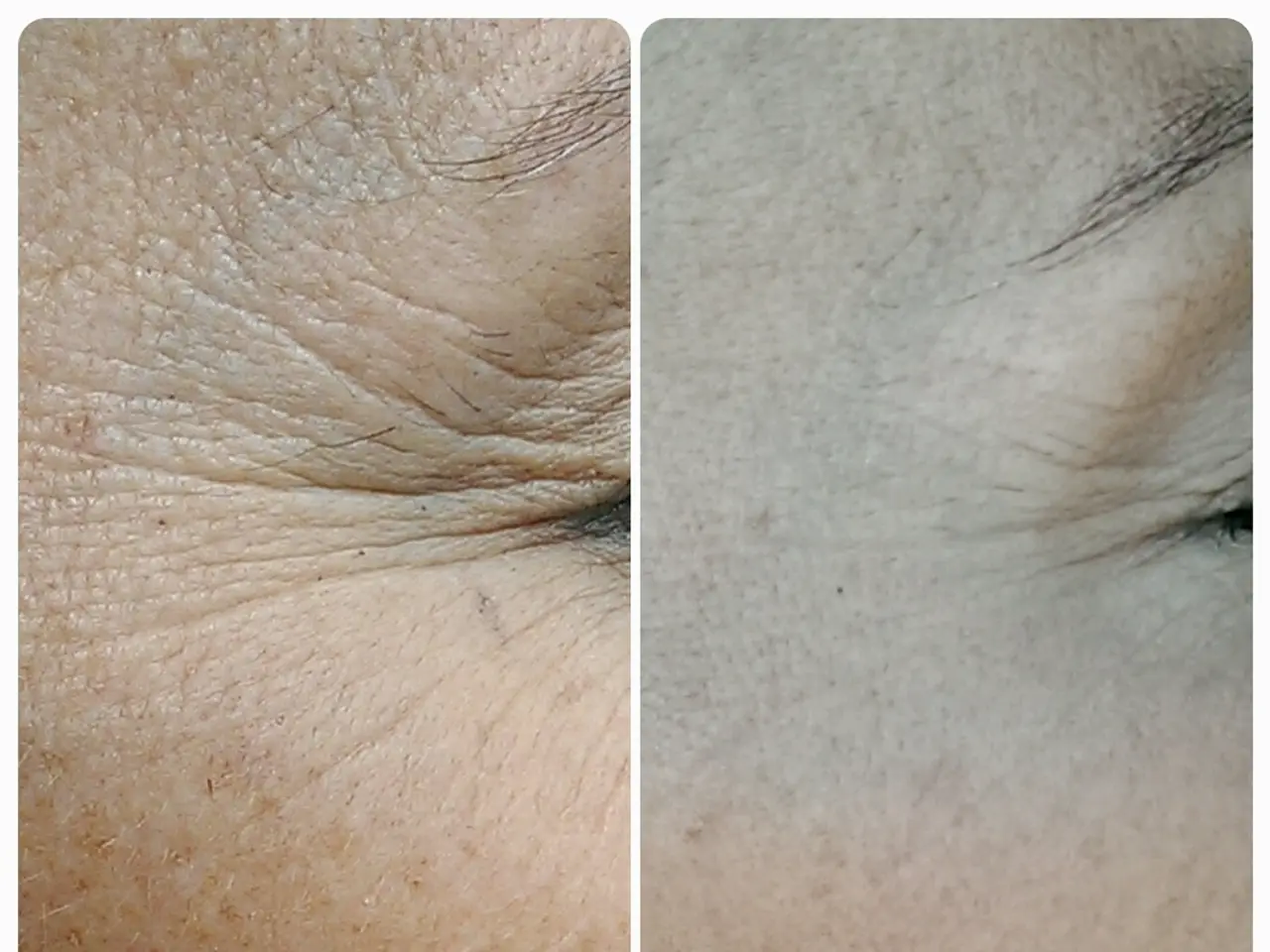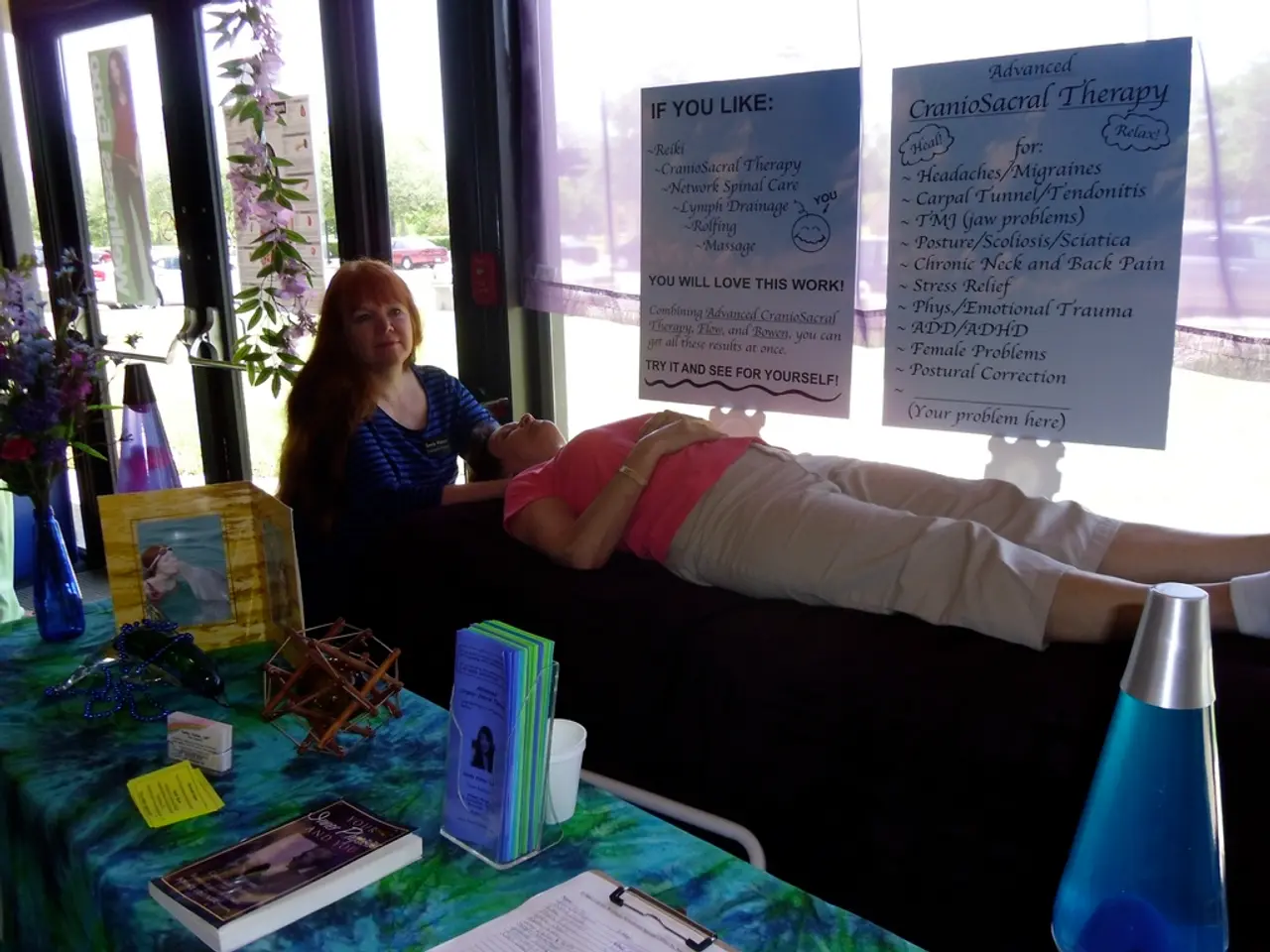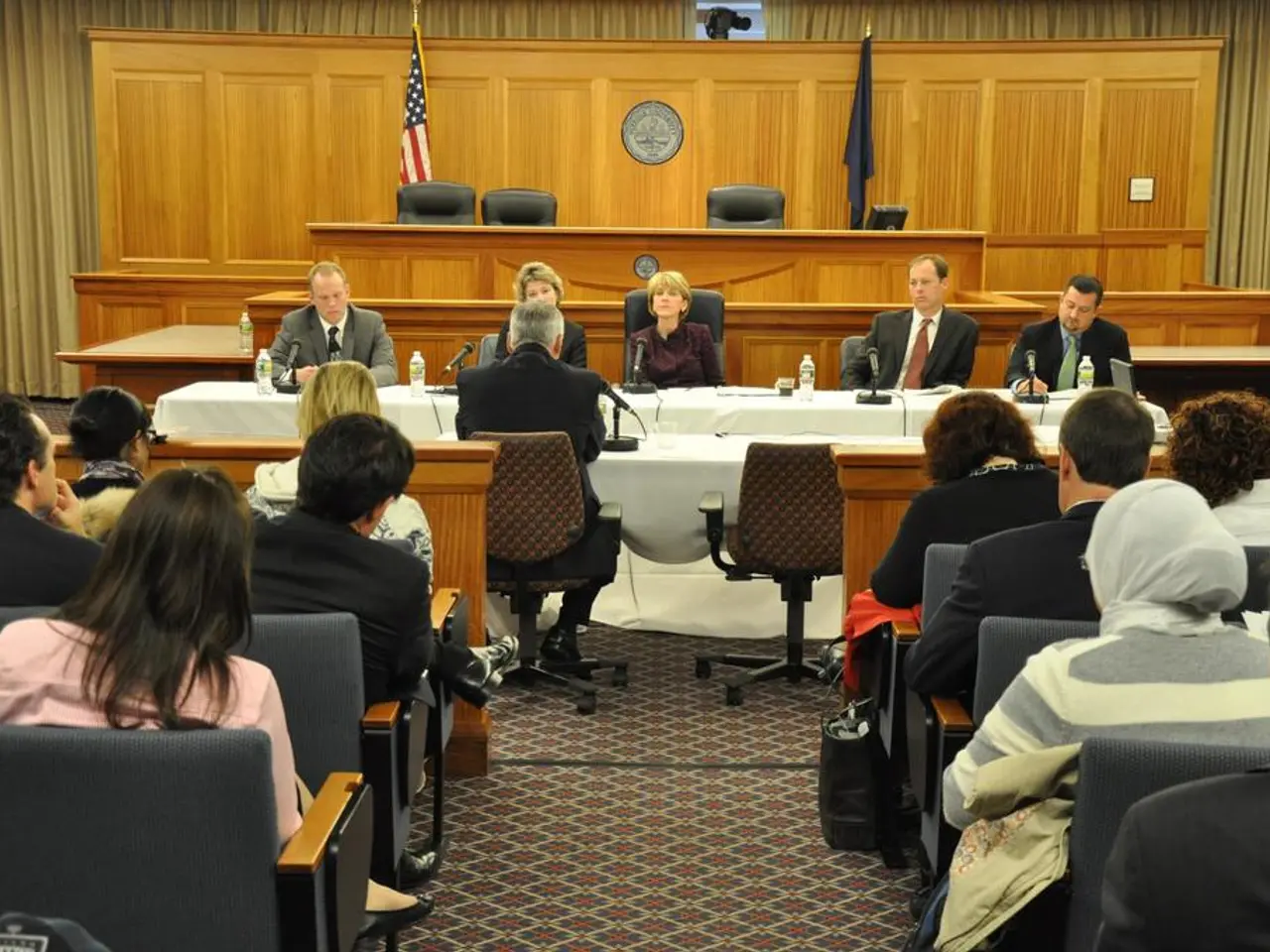Resurfacing Skin with Lasers: Uses, Advantages, Drawbacks, and Expense
Laser skin resurfacing is a cosmetic procedure that uses a laser to remove the top layers of skin cells, offering a solution for various skin concerns. This article aims to provide a clear and informative overview of the procedure, its benefits, risks, and recovery process.
Benefits and Side Effects
Laser skin resurfacing can significantly reduce the appearance of age spots, scars, fine lines and wrinkles, warts, some types of birthmark, large pores, and sun damage. However, it may also lead to temporary side effects such as redness, swelling, itching, peeling, and minor discomfort around the treated area. Some individuals may experience puffiness and increased skin sensitivity. More rarely, side effects can include acne flares, infection, hyperpigmentation or hypopigmentation, scarring (occurring in fewer than 1% of cases with skilled providers), and even fat loss in the subdermal layer after facial treatments.
Cost and Duration
The cost of laser skin resurfacing varies depending on the location and the experience of the doctor performing the procedure. The American Society of Plastic Surgeons estimates that the average cost of ablative laser resurfacing is $2,509, and of non-ablative laser resurfacing - $1,445. The duration of the procedure can range from 30 to 120 minutes, depending on the size of the treated area.
Recovery Process
Immediately after treatment, the skin is often red, swollen, and may peel as it heals over about a week to 10 days. Patients are advised to use ice packs to reduce discomfort and avoid activities that worsen irritation, like hot showers, saunas, and intense exercise during the initial recovery period. By days 4–5, gentle cleansing with non-foaming cleansers and application of ointments are recommended, along with continued sun avoidance. Most people can return to normal activities by about one week, but the skin remains sensitive and requires consistent moisturizing and sun protection for several weeks.
Precautions and Preparation
Before the first laser skin resurfacing session, a series of skin treatments may be recommended to minimize the risk of complications, usually starting at least 6 weeks in advance. It's crucial to avoid blood-thinning medications before treatment and delay reintroduction of active skincare ingredients until cleared by a provider. Close monitoring for signs of infection or unusual symptoms is important during recovery.
Suitability and Types of Lasers
Laser skin resurfacing is not suitable for everyone, including people with a history of keloid scars, very dark skin, excess skin or deep wrinkles, those taking oral isotretinoin, those with active herpes, skin conditions such as scleroderma or psoriasis, and those who have recently had a chemical peel. There are different types of lasers used, with carbon dioxide lasers removing scars, wrinkles, and warts, and erbium lasers removing lines and wrinkles.
Results and Maintenance
The effects of laser skin resurfacing are permanent for issues such as scarring, but not for the visible signs of aging. For most people, the results of laser skin resurfacing will last several years and can be permanent if a person is using laser resurfacing for scar treatment. A doctor will administer an anesthetic during the procedure, which can be local, general, or a combination, depending on the size of the treatment area and the number of procedures.
In summary, while laser skin resurfacing generally leads to temporary redness, peeling, and sensitivity that resolve within one to two weeks, there are risks that require proper aftercare and expert administration to minimize complications such as scarring or pigment changes. It's essential to consult with a healthcare professional to discuss the potential benefits, risks, and recovery process before undergoing the procedure.
- 'Skin-care' products are necessary during the recovery process after laser skin resurfacing, as they help to moisturize and protect the sensitive skin.
- CBD-infused skincare products can potentially aid in reducing inflammation and speeding up the healing process post laser skin resurfacing, due to its anti-inflammatory properties.
- Medical-conditions such as scleroderma or psoriasis may make one unsuitable for laser skin resurfacing, as these conditions can interfere with the skin's healing process after the procedure.




